Guangji Bridge, located on Hanjiang River outside the east gate of Xiangqiao District, Chaozhou City, Guangdong Province.(video in the middle of article)
“I think Guangji Bridge is to Teochew what Tiananmen Square is to Beijing, or the Great Wall is to China.”
said Li Yingqun, a well-known Teochew writer in his 80s, when talking about the significance of Guangji Bridge.
It was an important transportation route between Fujian and Guangdong in ancient times. It is known as one of the “Four Great Ancient Bridges in China” along with Zhaozhou Bridge in Zhao County, Luoyang Bridge in Hui’an County and Marco Polo Bridge in Beijing.
The saying “If you come to Teochew but don’t visit the bridge, your trip to Teochew is in vain” was born in the Qing Dynasty when there was no urban marketing. For hundreds of years until today, it is still the reason why most tourists coming to Teochew naturally choose Guangji Bridge as their destination.
The first open and close floating bridge in China
It is an arch bridge, beam bridge and floating bridge, and is the first open and close floating bridge in China.
Teochew Guangji Bridge Mythology-Guangji Bridge or Xiangzi Bridge?
There is a folk legend about “immortals and Buddhas building bridges”.
The general idea is that one day Han Xiangzi (representing Taoism) and Guangji monk (representing Buddhism) competed with each other.
Han Xiangzi built from the east bank of Hanjiang River to the west, while Guangji monk built from the west bank to the east, to see which one built more bridge piers.
At midnight when the bridge was about to be closed, Guangji monk turned the stone into black sheep to speed up the progress and drove the stone to the riverside.
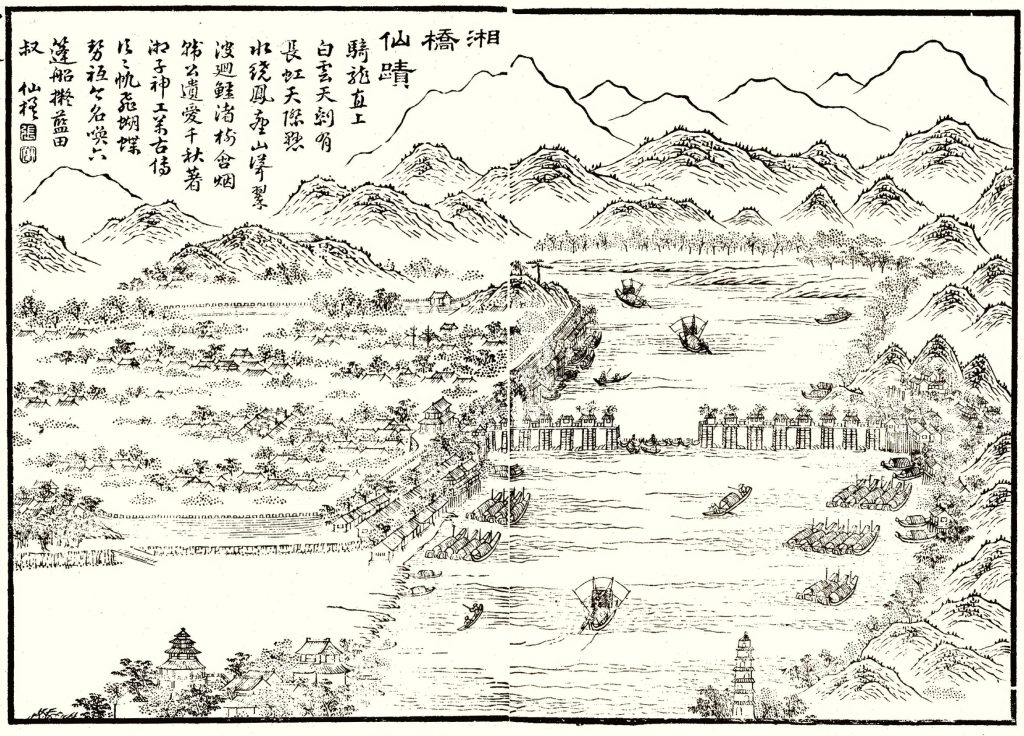
Han Xiangzi imitated the crowing of a rooster in the morning, and the sheep thought it was sunrise, so Guangji monk’s spell failed. So the black sheep returned to stone and stopped walking, and turned into Wuyang Mountain in the western suburbs of Chaozhou City.
Soon after dawn, the competition ended, but the bridge was not closed, and there were no bridge piers in the middle of the river, so it could only be connected by shuttle boats.
Because both teams cheated, the game ended in a draw, so the bridge has two names: residents on the east bank of the Han River call it “Xiangzi Bridge”, and those on the west bank call it “Guangji Bridge”.
Guangji Bridge-Floating Bridge Section as below
Guangji Bridge Historical Timeline
Guangji Bridge Market
The Teochew woodcarving “Guangji Bridge” based on the Guangji Bridge style of the Qing Dynasty embodies the scenery of Guangji Bridge at that time, which was “a mile long bridge and a mile market”.
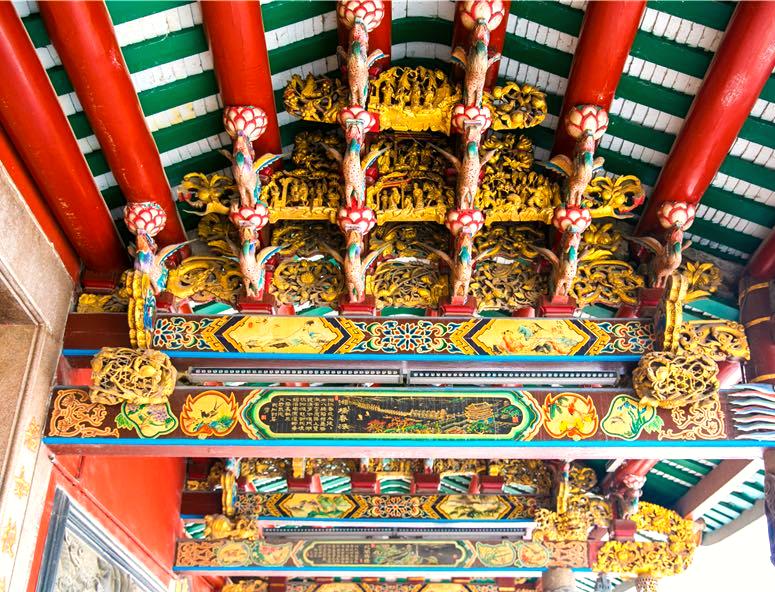
Some people carry baskets to sell, some set up stalls, and some lean on the railings to look into the distance. The vast river view and interesting market are all on the Guangji Bridge. “Teahouses and wine curtains are bustling on it, and waterside pavilions and music are noisy below it.”
The “Teochew Chronicles·Collected Talks” compiled by Jao Tsung-i describes the prosperity of Teochew in the past:
清代韩江上广济桥下,六篷船扬着蝴蝶帆,兼具载客与游乐。其时六篷船上风月之盛,引来“名士题咏,骚客品花,踵相接也
Which means:Under the Guangji Bridge on the Han River in the Qing Dynasty, six-sailed boats hoisted butterfly sails, carrying passengers and having fun. At that time, the prosperity of the six-sailed boats attracted “famous scholars to write poems, poets to taste flowers, and one after another”, which also promoted the development of Teochew Gongfu tea tasting culture.
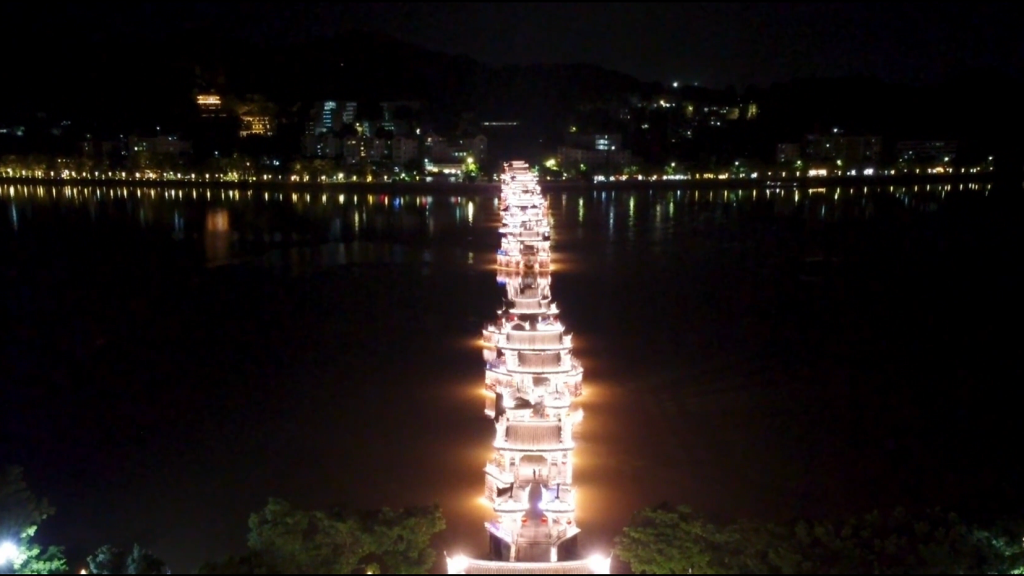
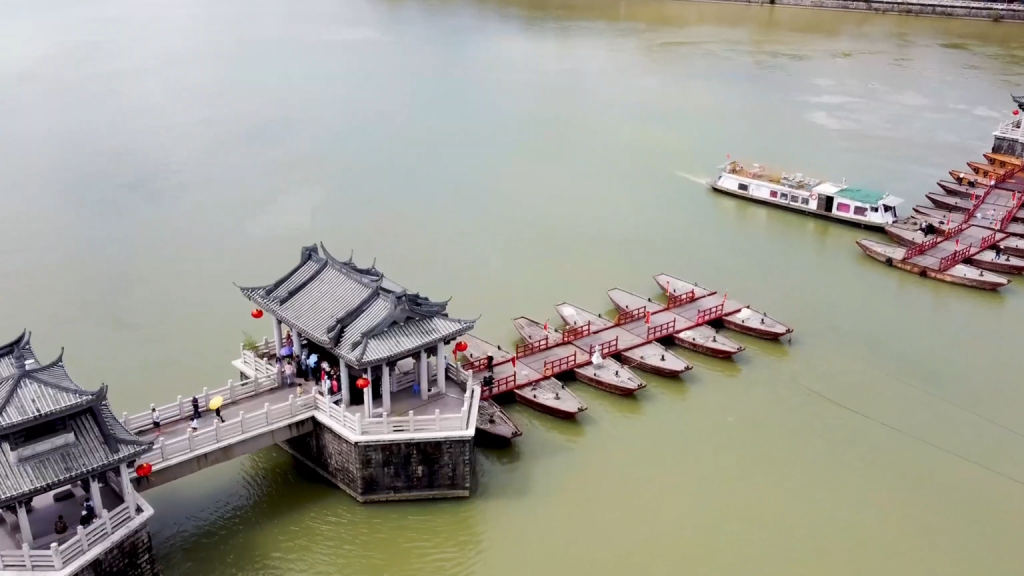
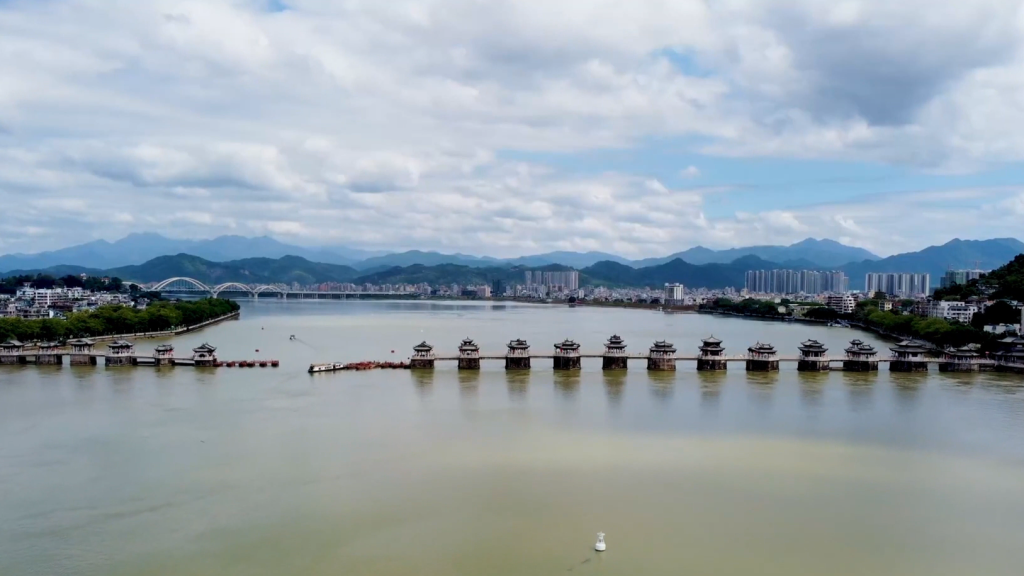
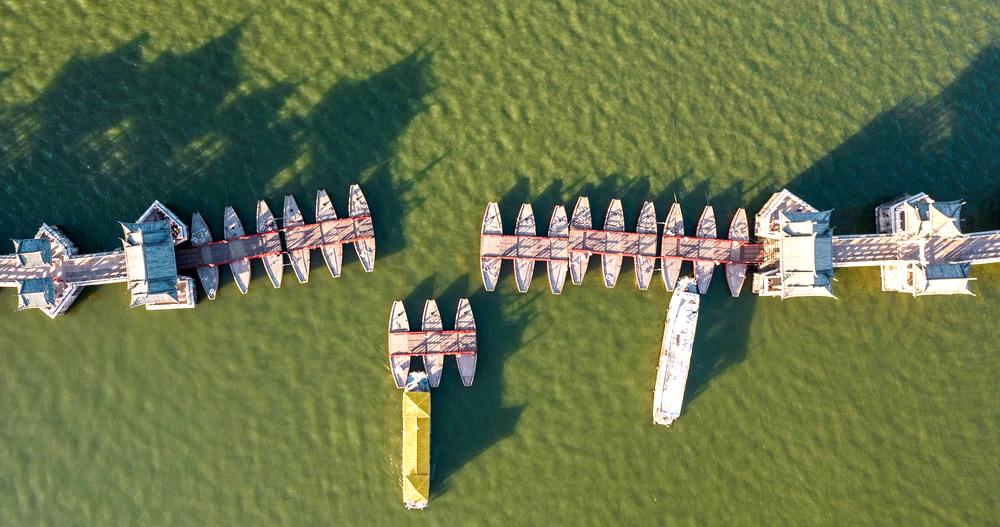
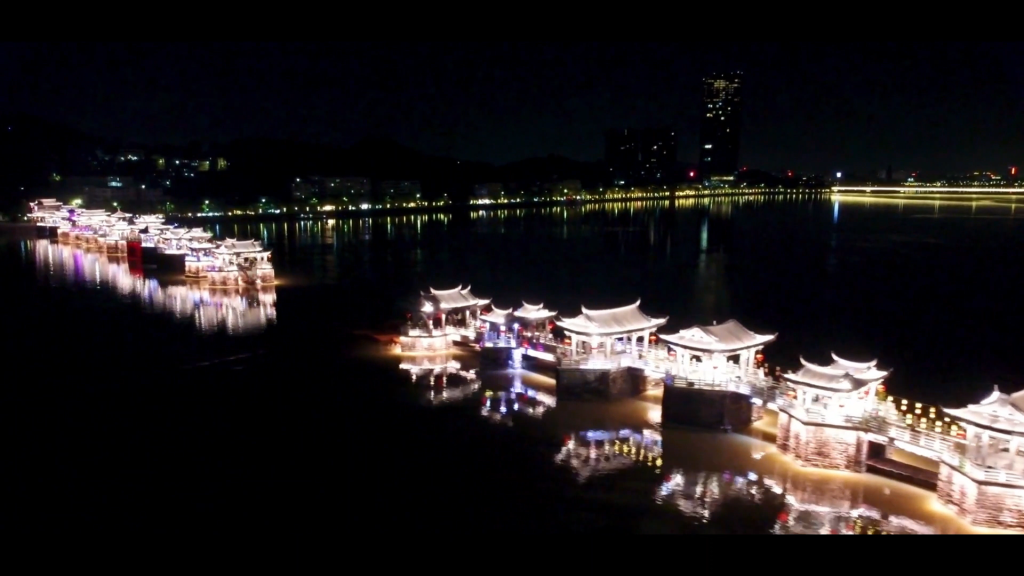
Hundreds of years later, it was not until 2015 that Guangji Bridge reappeared “a mile long bridge and a mile market”. The revitalization of Guangji Bridge has restarted the bridge market in the new era – the intangible cultural heritage market, and folk crafts have become the protagonist of the bridge market.
Summary
In short, Teochew Guangji Bridge has become a tourist destination worth visiting with its unique architectural style, rich historical and cultural connotations, and its status as a spiritual landmark of Teochew.

Leave a Reply